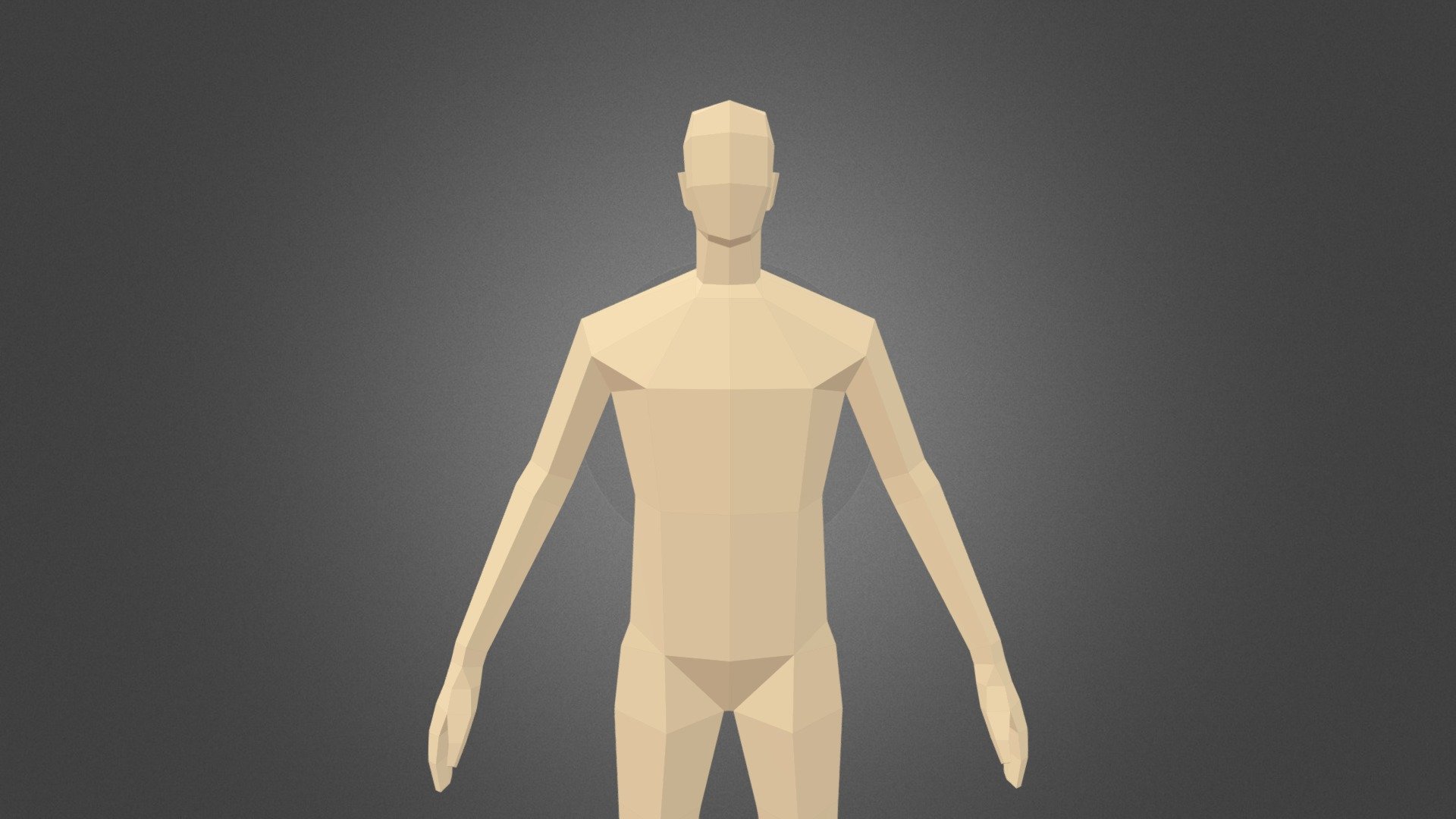

This can be as simple as a sketch drawn on a piece of paper or doodle on a napkin, to paintings, photographs or movies, anything in fact which provides a starting point for inspiration, and/or/both, can be used in a way that guides the development of a meshes general characteristics. The first step is to find a 'concept' image(s). For the 'Snowman' character belonging to this tutorial this means first it will be built, then rigged, and finally two simple animation sequences made.

The actual process of making an animated game character (or any type of animated object) can broken down into three main stages 1) the mesh is constructed, UVW mapped and textured 2) the resulting model is given an skeleton and 'rigged' for use as an animated object and finally 3) using the skeleton and rigging, the mesh is deformed and articulated through a series of 'poses' which constitute an animated sequence. Note: the following tutorial is 'agnostic' in that the principles and techniques explained throughout are core to most versions of Blender post 2.50, up to and including the latest release. From initial scene set-up to modelling and material assignments, on to UVW mapping and texture baking, then finally to ' rigging' the mesh for articulation through the use of an Armature, and creation of two simple animation sequences.Īlthough not an absolute necessity, it is recommended the ' making a simple chair' and/or ' making a simple sword' tutorials be done beforehand, or at the very least a basic understanding of using Blender be had. In the following seven part tutorial the process of building a simple low-poly 'game' character, a 'Snowman', will be shown along side a number of important but infrequently discussed general considerations that need to be kept in mind whilst doing so.


 0 kommentar(er)
0 kommentar(er)
